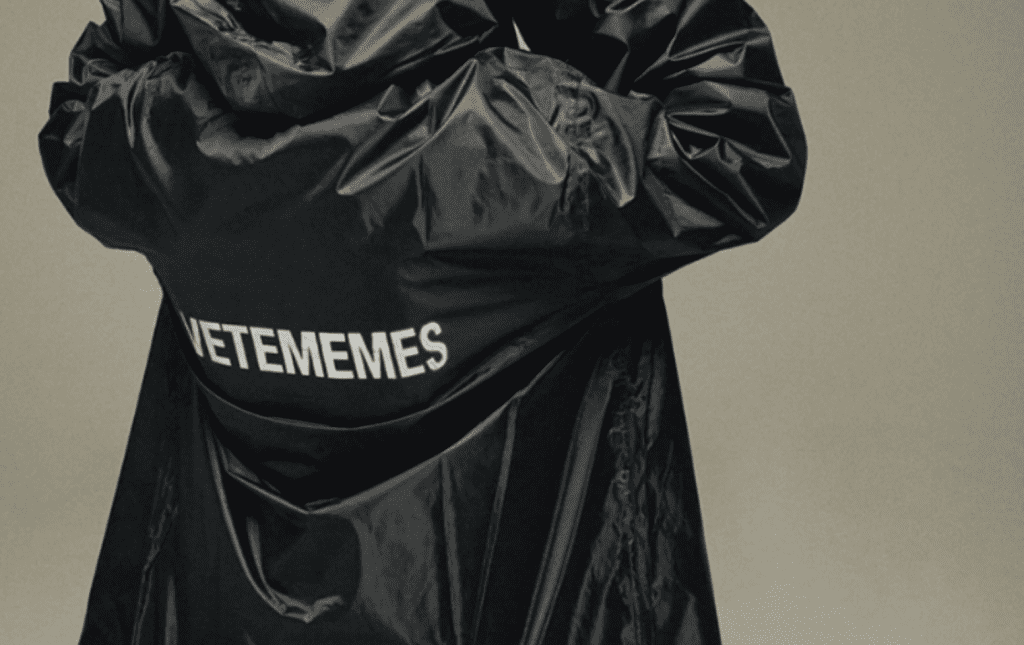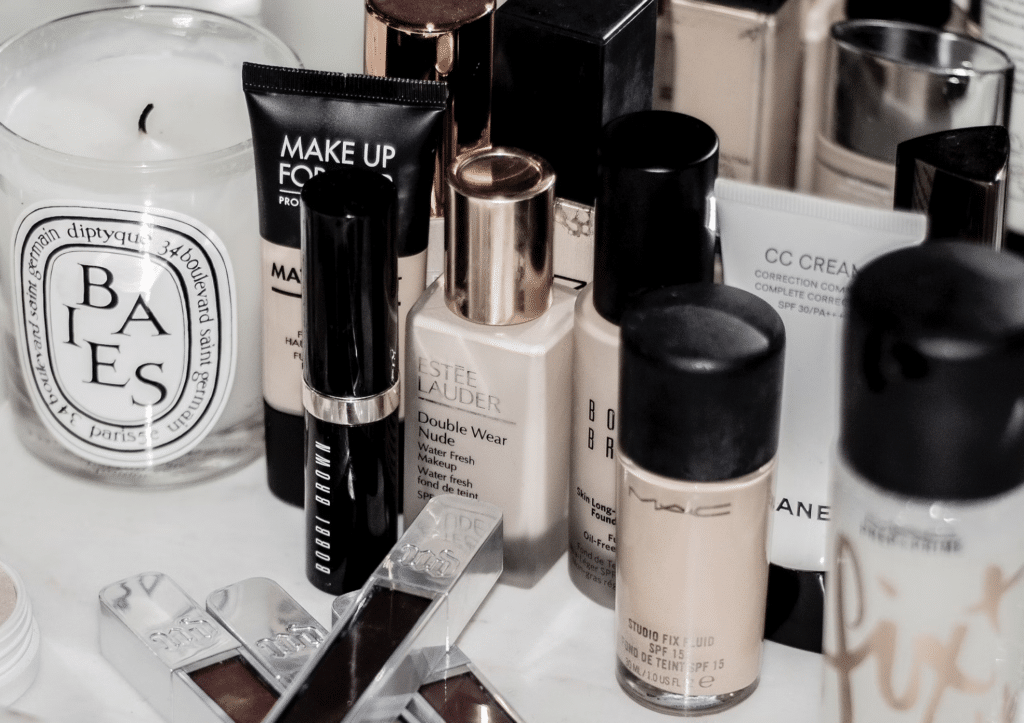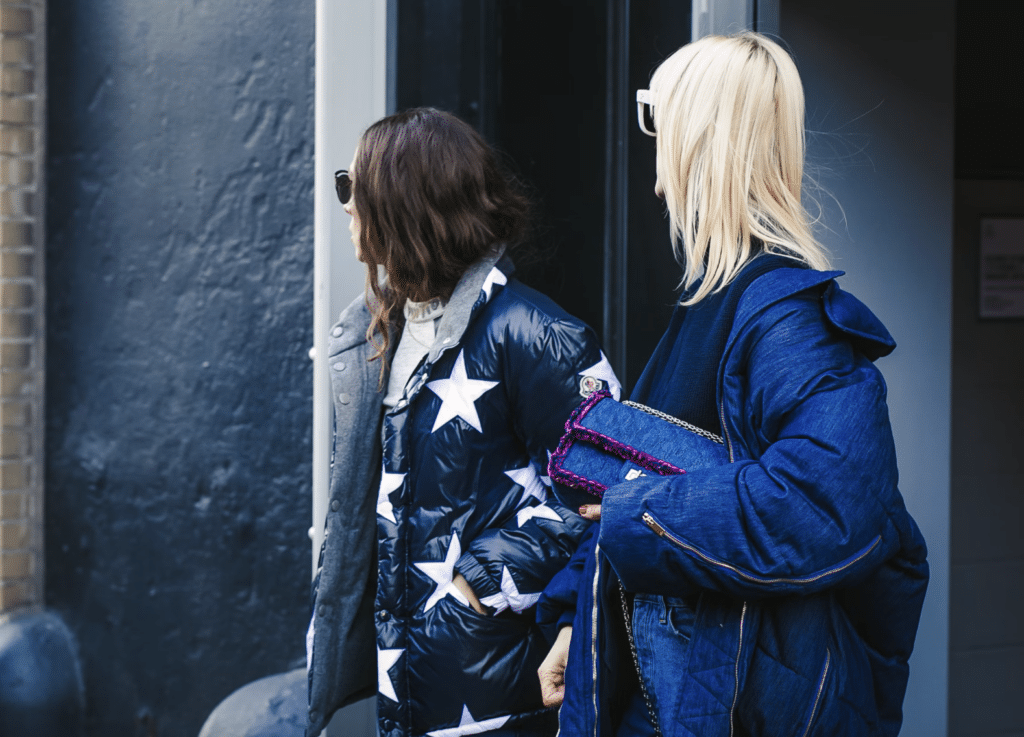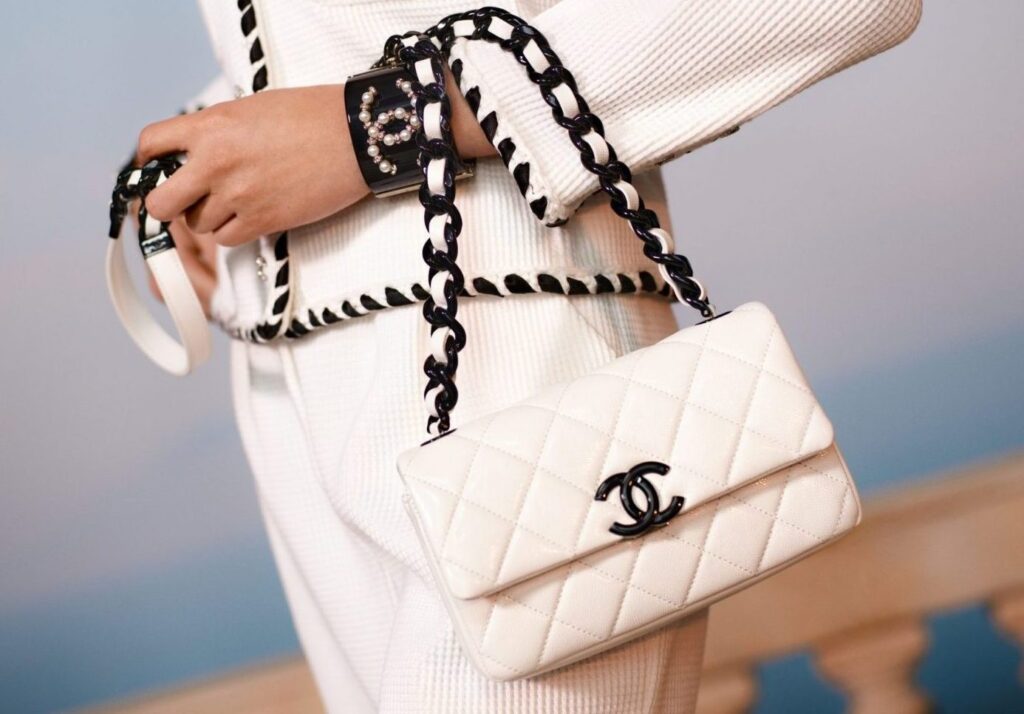Just when you may have thought the seemingly unending wave of “parody” garments and accessories had subsided, the fashion press began making quite a fuss about the recently-launched brand, Vetememes, a play on the cult Paris-based brand, Vetements. With almost complete uniformity, articles have been quick to label the stand out Vetememes-emblazoned raincoat as a “parody;” everyone from writers at Vogue and Refinery29 to menswear bros at Complex and WGSN have made mention of it. While the aforementioned articles have covered the basics of this new “it” garment, none have considered whether it is actually a “parody” at all and thus, whether or not its creator, Brooklyn-based Davil Tran, will be receiving a threat of impending litigation in the near future.
For the uninitiated, “parody” is a term that carries some legal significance to it. In short, it is a fair use defense that may be asserted when a party is faced with a claim of trademark infringement (the unauthorized use of another’s trademark – such as its name or logo – in a way that is likely to confuse consumers in regards to its origin). If a design is deemed to be an effective parody – one that uses the other party’s mark to contribute something new for humorous effect or social commentary – such a finding will allow its creator to dodge liability for infringement.
But it is notoriously not as simple as making a few changes to some other brand’s logo and calling it a “parody.” In fact, since the issue of likelihood of confusion (the key inquiry in a trademark infringement case), and the defense of parody, in general, are decided on a very factual basis, it is often difficult to predict how a court will rule.
What we do know is this: Parody and the defense of fair use are held to standards established by legislation and by various case law. For instance, in one famous case (Campbell v. Acuff-Rose Music, Inc.), the court held that parodic character refers to the extent to which the subsequent work (the alleged “parody”) comments on the original work, and in order to be deemed a parody, a work should provide social benefit, “by shedding light on an earlier work, and, in the process, creating a new one.”
Further, as a form of fair use, parodies will also be considered alongside the following factors: (1) the purpose and character of the use, including whether such use is of a commercial nature or is for nonprofit educational purposes; (2) the nature of the copyrighted work; (3) the amount and substantiality of the portion used in relation to the copyrighted work as a whole; and (4) the effect of the use upon the potential market for or value of the copyrighted work.
With this in mind, such automatic characterization of the Vetememes design as a “parody” is very likely doing its creator a big favor, which he may or may not deserve – especially considering just how similar looking the two parties’ jackets and the corresponding logos are. Instead of labeling the raincoat as illegal (think: trademark infringement or trademark dilution), it is being labeled as a parody, and thus, we are assuming it protected under the doctrine of Fair Use, which very well may not be the case.
The Good News for Vetememes
Do not fret, my fashion victim friends. There is quite a bit of good news for Mr. Tran and those hoping to get their hands on one of the Vetememes raincoats, which are reportedly going to cost $59. (That’s a lot less than what the real thing, which is currently going for nearly $500 on eBay).
Primarily, there is a chance that Vetements would be unable to establish strong enough trademark rights in its name, which is merely French for clothes, to file a merited lawsuit in the first place. Due to the literal definition of the word vetements, the brand’s trademark would likely be deemed descriptive and descriptive marks (as opposed to arbitrary and fanciful marks) receive the weakest level of protection (aside from purely generic trademarks) along the spectrum of distinctiveness, which bodes well for Vetememes.
Assuming that Vetements could actually make a case for its trademark, federal courts in New York– where this case would likely be heard – may actually side with Vetememes. While the Southern District of New York (“SDNY”), a federal court in Manhattan, has a bit of a history of veto-ing purported parodies, so to speak, a recent ruling bodes well for Vetememes. Early this year, a SDNY court denied Louis Vuitton’s motion for summary judgment in a parody case. (You may recall that Louis Vuitton filed suit against canvas bag company, My Other Bag, in 2014, alleging that MOB created, marketed and sold designs that infringe an array of its trademarks and copyrights. The bags at issue were canvas bags with graphics of famous Louis Vuitton bags on them, along with the text, “My Other Bag…”. MOB responded to the lawsuit by claiming parody).
In January, the SDNY judge held that MOB’s canvas totes amount to parodies and thus, are not actionable sources of trademark infringement or dilution, a somewhat surprising ruling considering the case law in the SDNY. However, as I indicated previously, parody cases are very much fact-specific, and so, the Louis Vuitton case may not prove to be an automatic homerun for Vetememes if Vetements were to file suit. That being said, the surprising turn of events in the Louis Vuitton v. MOB case is certainly worth noting, as it could prove fruitful is such a case were to arise between Vetements and Vetememes.
The second bit of good news for Vetememes: The brand it is supposedly commenting on, Vetements, is known for its consistent use of others’ trademarks on some of its best-selling garments. (There are the DHL tees, the Champion-esque sweatshirts, the Titanic ones, the Thrasher ones, etc.). This fact would not only bolster its case of parody, this fact would make it an arguably odd (read: hypocritical?) move for the Vetements team to file a trademark infringement lawsuit when someone does the exact same thing to them.
That being said, the Paris-based brand does, in fact, receive authorization from the brands’ whose logos it uses, as we verified in the DHL case. It seems somewhat clear that Vetememes has not done so, which does leave it vulnerable to being on the receiving end of a cease and desist letter from Demna and Guram Gvasalia, the respective creative director and CEO of Vetements.
Which leads me to my last point: It might actually do more harm than good if Vetements were to file suit against the little guy, Vetememes. With the initiation of legal action comes to very real threat of bad press, to which consumers are not immune. The sheer amount of negative press that Vetements, which despite its large persona is still a very young brand, could potentially face as a result of filing suit must be measured against what it would actually gain from suing the one-man operation known as Vetememes. It is this very reason – tied with the need to craft a brand reputation that is largely free of bad press – that brands are forced to choose their legal battles carefully. It is also why Vetememes will likely be in the clear in this case – parody or not.
UPDATE (3/31/16): Per the New York Times, “Vetements will not be filing any lawsuits over the Vetememes raincoat and hope that he has enjoyed making his project as much as we do making our clothes,” Mr. Gvasalia said in an email.”
UPDATE (11/12/16): The brand is back with an array of new legally questionable items, all of which are available for pre-sale on Vetememes’ site as we speak.
* This article was initially published in March 2016.













